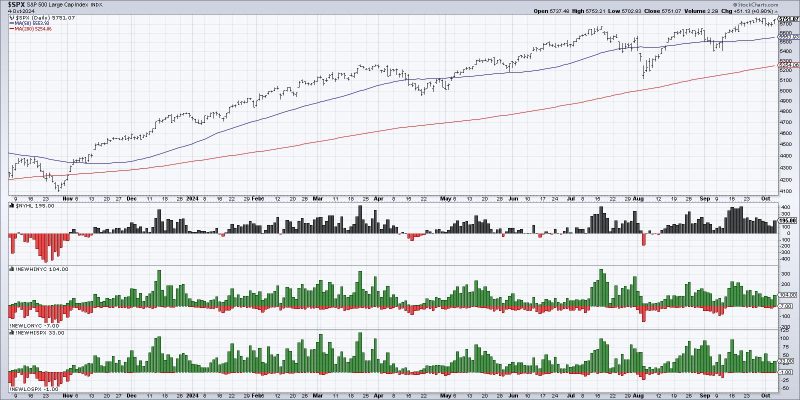In the world of investing, market breadth represents the overall health and direction of a market. It looks beyond the performance of individual stocks or indexes to provide a broader picture of how the market is behaving. Market breadth is often used by analysts and investors to gauge the strength and sustainability of a market trend. One key metric used to measure market breadth is the advance-decline line.
The advance-decline line compares the number of advancing stocks to the number of declining stocks in a market. A rising advance-decline line indicates that a large number of stocks are participating in an upward trend, suggesting that the market is healthy and robust. On the other hand, a declining advance-decline line signifies that fewer stocks are contributing to the market’s gains, which could be a sign of weakness and potential trouble ahead.
Market breadth can also be measured through other indicators such as the number of stocks hitting new highs or new lows, the trading volume of advancing versus declining stocks, and the percentage of stocks above their moving averages. By analyzing these various breadth indicators, investors can gain insights into the underlying strength of the market and make more informed investment decisions.
When the market is said to have bad breadth, it means that there is a lack of participation from a wide range of stocks in the market’s movement. In other words, only a small number of stocks are driving the market higher, while the majority of stocks are either stagnant or declining. This narrow leadership can be a cause for concern as it may indicate that the market rally is not broad-based and could be vulnerable to a reversal.
One common scenario of bad breadth is during a market rally fueled by a handful of large-cap technology stocks, while many other sectors or smaller companies are not performing well. While the market may appear to be rising on the surface, the lack of participation from a diverse range of stocks could signal underlying weakness and instability.
Investors should pay close attention to market breadth indicators to avoid being misled by a seemingly strong market that lacks broad support. Diversifying investments across different sectors and asset classes can help mitigate the risks associated with bad breadth scenarios. By staying informed and vigilant, investors can navigate through changing market conditions and make data-driven decisions that are suited to their investment objectives and risk tolerance.

